Want to hear something scary? According to this article by Globoforce, 45% of U.S. workers surveyed in this study had not been recognized at work in six months or more. Even scarier? There was another group of 16% who reported they had NEVER (as in ever, ever) been recognized at work.
I’ll let you soak on that for a moment. As a business owner/leader/manager, how do you shape up? <insert your thinking face here>
Let’s pause here, though. Where does your mind go with this information? Do you start thinking that you need to have some form of an employee recognition program in place? Should it involve recognizing for service, or for performance, or for perfect attendance? My advice to you? HOLD ON RIGHT THERE.
With employee recognition, what is really at the heart of it? I would argue it actually has very little to do with the type of program in place. What it does have to do with, though, is the fact that employees want to feel heard/seen/appreciated/valued. And that? You can be the rockstar, AC/DC of employee recognition, without a big expensive, formal program in your business.
Feedback = Recognition
Whenever we work with managers and HR people, the tone and the focus of “employee feedback” 9 times out of 10 seems to be about giving someone constructive feedback (i.e. the not-so-happy-pat-on-the-back). Rarely is it about giving positive or encouraging feedback. That makes sense, when you think about how this shows up in our normal, day-to-day lives, too. If you’re a parent, how often are you seeking out and showing your appreciation for your child putting their dirty dishes in the sink? And how often are you saying “no” or giving them some other correction about a behavior that needs to change? If you’re anything like me – a mostly normal human – then this example might not feel the best right now. That’s okay. I get it.
Here’s the thing: You can build your employee recognition effectiveness without a formal system or program. Want to know how? Start with something small, like giving praise to an employee. Use this helpful little framework when you recognize one of your employees (you can use this for constructive feedback, too, but we’ll cover that another day). Here it is in its simplest form: Behavior + Impact*.
Recognition at Its Core
Let’s practice. Think back to the last time you told one of your employees “good job.” How did you explain to them what was good about what they did? How did you explain to them the impact that behavior made? Or did you drop the “good job” and move onto the next thing that required your attention?
Now let’s rework that same example. Instead of “good job,” maybe we rephrased it with Behavior + Impact to sound something like this:
“Bill, I saw how you handled the difficult encounter with our customer, Ted. While Ted raised his voice and demanded his concern be heard, you kept your voice calm and were able to diffuse the situation by showing him how we will make things right. I don’t know if you know it, but Ted is a key customer here and is very influential in our community with other customers. By handling this the way you did, I know this will help our business in the future. Thank you.”
Ummm…. YES. Try this out with your own team – today. You don’t need all of those words, but I wanted to show you the full example so you could see how much differently this feels. And the best part? Practicing this model using positive feedback and recognition is WAY easier (with tons of upside!) than correcting performance and behavior issues.
Your Mission, Should You Choose to Accept It
Here’s some homework for the week: Challenge yourself to identify TWO ways to recognize people using this feedback model every day. Go try it on! Even if you mess up, you’re still giving good feedback and recognizing a team member. You just might find yourself with a happier workplace as a result.
Rock on!
Are you on our list yet? Get more tips and tools by staying in the know with People Spark. Join us today!
*This is extracted from the Center for Creative Leadership’s Situation-Behavior-Impact Model.

